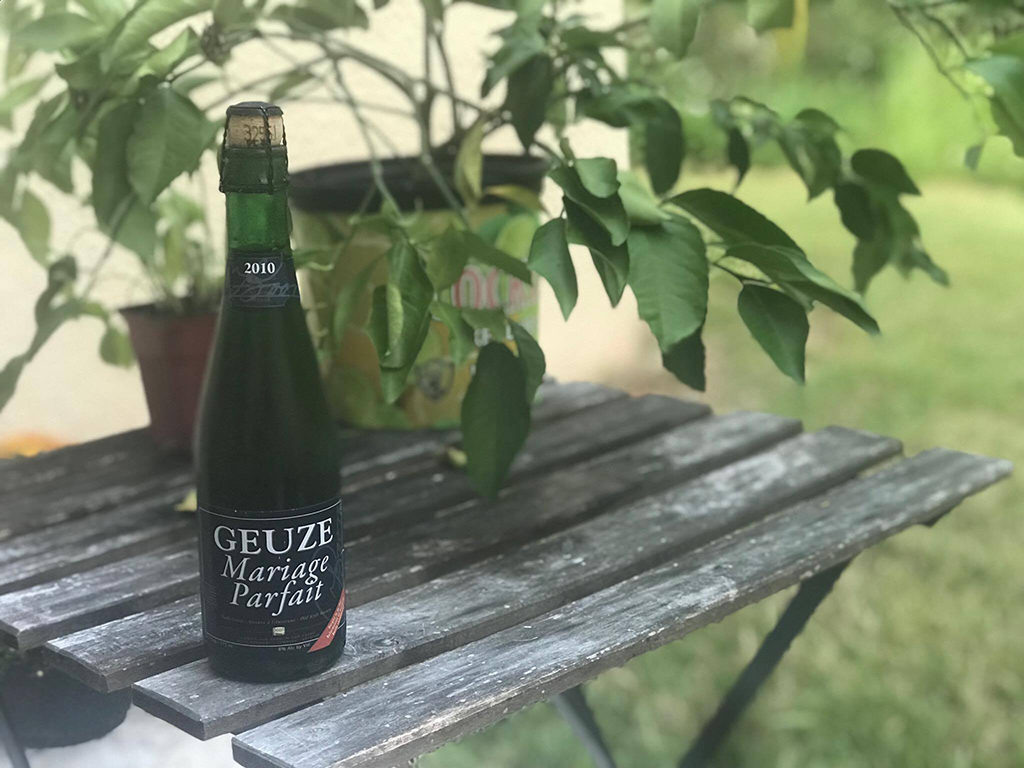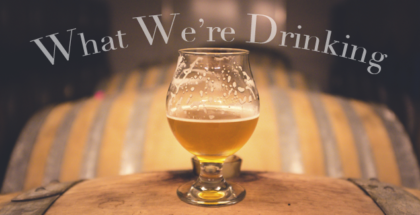What’s in a Name? | Méthode Traditionnelle
What’s in a name? Well, quite a bit actually. A name not only identifies an object but it can represent a lineage, a history or even a tradition. Louis Vitton, Ferrari and Lambic – all of these wonderful things stand alone. With nothing more than the name, a lot is said about the product.
So what would happen if a name represents something as broad and general as a way of doing something? It works for Google – I can’t think of a single person that says they’re going to be Binging something. While the names of beer styles have not been turned into verbs just yet, they are used as more than just a name. When a brewer offers a brown ale, they are offering a beer that is brewed using caramel malt, modest hops, and lightly roasted barely for color. All this is known, simply, by using the label brown ale. While brewers would like to do the same with Lambic and Gueuze, it is heavily frowned upon by the very people they try to pay tribute to by making these historic styles.
James Howat of Black Project Spontaneous and Wild Ales posed to the craft beer community an interesting thought today. Can you be authentic as an American brewer and identify the style of a beer you make using “raw wheat, turbid mashing, 100% spontaneous coolship inoculation, barrel fermentation” as a Lambic? The answer is clearly no. Simply for the lack of one essential principle. This beer was not brewed in Belgium.
For the style of Lambic, it goes beyond the flavor. Lambic, much like Champagne represents a place. Where champagne represents the terroir of grapes grown in a specific location, Lambic represents its terroir in the living organisms that make it. You could brew the exact same recipe in the exact same way and never quite get the same result as brewers in the Pajottenland in Belgium.

So how do you identify the style of this beer? American sour ale, perhaps? Belgian-style ale? Unfortunately, these styles are used to describe many other processes and techniques that achieve a variety of results – further diluting the concept that is trying to be expressed here – and are far removed from the correct process for brewing Lambics. For Black Project and a few other brewers, the solution was to simply honor the source and call it Méthode Gueuze or Méthode Lambic – two terms created as certification markings by Jester King Brewery last year. As Howat expressed in a press release today, “All of these issues were wonderfully solved by Méthode Gueuze / Méthode Lambic… until it came to everyone’s attention that perhaps not all of the actual Belgian Lambic producers were OK with this name.”
It was thought that this solved the issue at hand and middle-ground had been found. The High Council for Artisanal Lambic Beers (HORAL), who did not approve of the use of Lambic or Gueuze in the name of beers produced outside of their traditional areas of origin in the first place, did not approve of Jester King’s Méthode Gueuze or Méthode Lambic either. The concern that HORAL held onto was that the word Lambic and Gueuze were still in the proper names of the styles. This was something they were worried would lead to confusion amongst consumers, which went back to the original complaint of using them at all. A legitimate concern.
On the other hand, could you imagine beginning your business around your passion for cars, but then not being able to identify your sports car as a sports car because it wasn’t made in Italy? It doesn’t matter that you followed the exact specifications of a sports car. I understand the desire to protect the appellation of Lambic and Gueuze. After all, I thoroughly enjoy a Boon or Tilquin but I can also equally enjoy a beer produced by Jester King.
While frustrating for many, and understandable for many more brewers, a constructive dialogue remained open between American and Belgian breweries. Howat along with Jeffrey Stuffings from Jester King got to travel to Belgium and meet Pierre Tilquin from Gueuzerie Tilquin, Werner van Obberghen from 3 Fonteinen and Frank Boon from Brouwerij Boon in order to discuss the situation. I think I can speak for the rest of the PorchDrinking staff when I state that my jealousy reached new heights when I heard of this. Luckily, the meeting was successful in that it brought about the creation of a new way to identify these beers on your shelves. In an effort to work collaboratively and constructively, HORAL offered two new alternatives – Méthode Traditionnelle and Méthode Traditionnelle 3 year Blend. Howat explained that “Méthode Traditionnelle representing traditional lambic-inspired production methods and then Méthode Traditionnelle – 3 Year Blend representing gueuze-inspired aging and blending” would now identify these special beers and the way they were made.

So what does this mean to you as an American craft beer drinker? Simply put you get to decide if you support this by choosing to look for the authenticity of production in the beer you select to drink. If you see a beer hinting that it may be a lambic, does it feature the Méthode Traditionnelle mark? If it doesn’t perhaps reach out to the brewer and ask why not. You may be surprised by the answer. Sour beer is a hot commodity right now in the beer industry. So much so that AB Inbev bet on it and bought Wicked Weed. But, unlike the tight clean profiles we have for golden ales, IPAs and stouts, the stylistic waters of sour beer are more turbid like the mash of a quality Lambic. It is a great move for the industry to look to authenticate its practices and increase awareness for consumers by using markings like Méthode Traditionnelle and Méthode Traditionnelle – 3 Year Blend. I hope to see this marking on my shelves soon.
For more information, visit methodetraditionelle.org








Submit a Comment